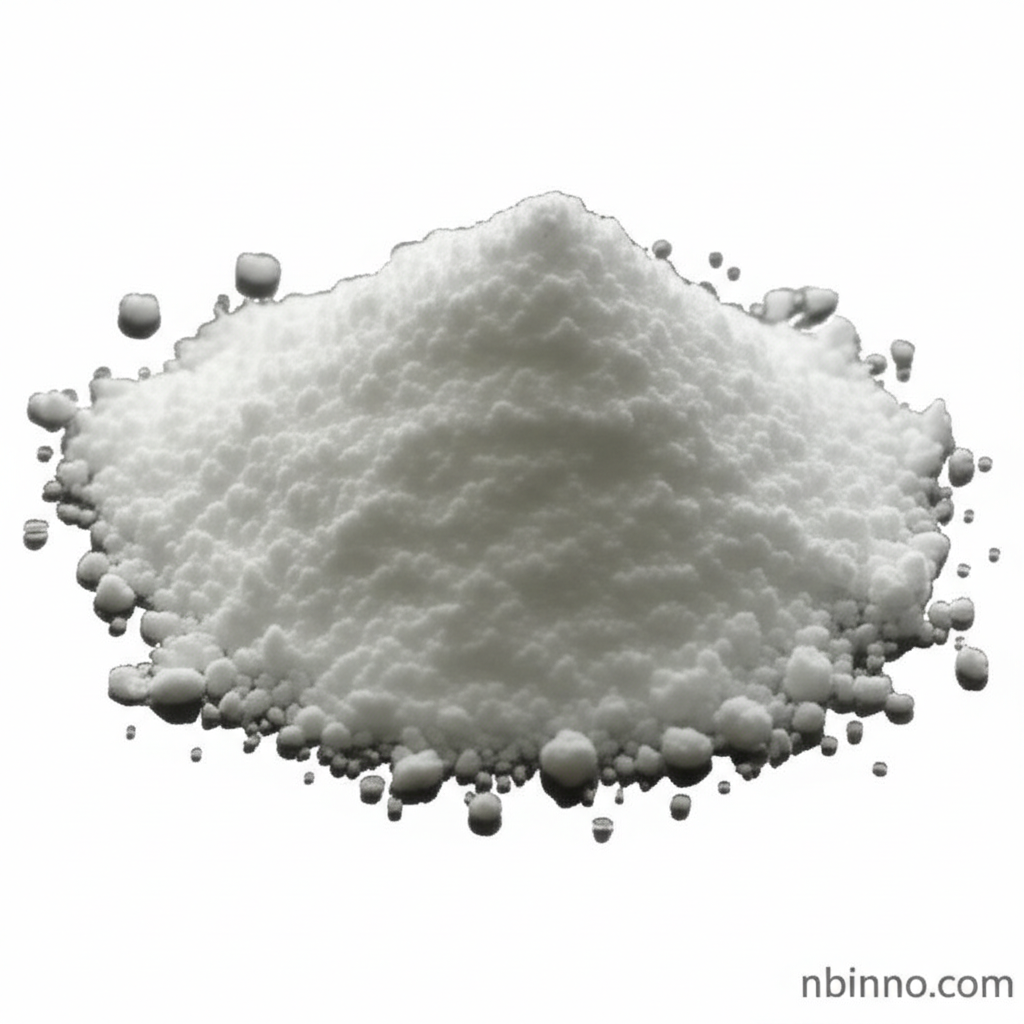Dithianon 3347-22-6: A Comprehensive Overview of Its Properties, Applications, and Market Significance
Explore the efficacy and applications of Dithianon, a key fungicide for modern agriculture.
Get a Quote & SampleProduct Core Value

Dithianon
Dithianon (CAS 3347-22-6) is a widely recognized quinone structure fungicide with a unique multi-site action mechanism. It effectively controls a range of fungal diseases by inhibiting key fungal enzymes and disrupting cellular respiration, leading to pathogen eradication. Its dual protective and therapeutic properties make it a valuable tool in crop management.
- Discover the efficacy of Dithianon fungicide properties for enhanced crop yields and disease prevention.
- Learn about the detailed Dithianon chemical structure and its impact on fungicidal activity.
- Understand the Dithianon mechanism of action, crucial for its effectiveness against plant pathogens.
- Explore Dithianon agricultural applications in protecting fruits, vegetables, and coffee crops.
Key Advantages
Broad-Spectrum Efficacy
Dithianon provides broad-spectrum control against various fungal diseases, contributing to healthier crops and improved harvests when used as a fungicide.
Dual Action Mechanism
Its ability to both protect plants from infection and offer therapeutic action against existing fungal issues makes Dithianon a versatile agrochemical.
High Purity Standards
With a minimum purity of 99.0%, Dithianon meets stringent quality standards for reliable performance in agricultural applications.
Key Applications
Fruit Protection
Dithianon is extensively used as a fungicide for pome, stone, and citrus fruits, helping to manage diseases like scab and leaf spot.
Vegetable Cultivation
It serves as an effective fungicide for various vegetables, safeguarding them against fungal infections and promoting better growth.
Coffee Plant Disease Control
In coffee plantations, Dithianon is applied to combat foliar diseases, ensuring healthier plants and optimal bean production.
Grapevine Disease Management
Dithianon is a crucial component in managing diseases that affect grapevines, particularly important for wine production.
